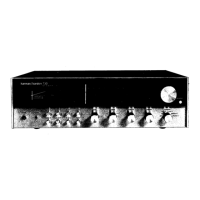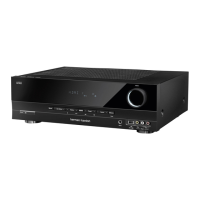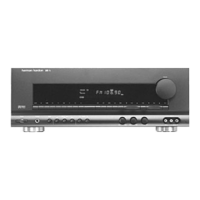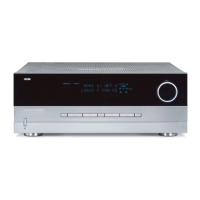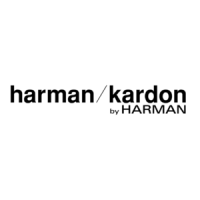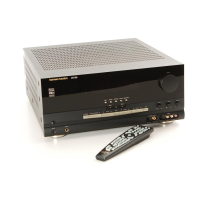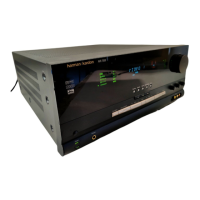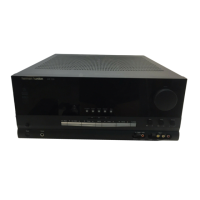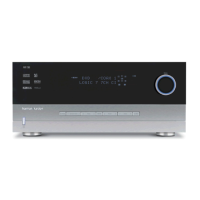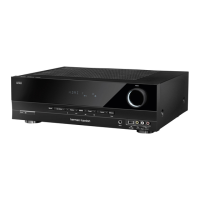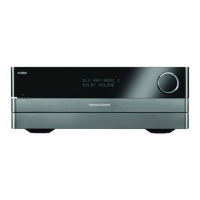Do you have a question about the Harman Kardon 75 and is the answer not in the manual?
Details the warranty terms for defects in material and workmanship.
Lists exclusions from the warranty, like accessory enclosure damage.
Explains the requirement to retain the original bill of sale for service.
Outlines conditions that void the warranty and how to obtain service.
Advises on maintaining adequate clearance and airflow for the receiver.
Details AC power connection requirements and auxiliary outlet usage.
Explains the purpose and location of protective fuses and replacement guidelines.
Provides guidance on optimal speaker placement for multichannel sound.
Instructions on connecting speakers, including wire type and avoiding shorts.
Specifies acceptable impedance ranges for connected speaker systems.
Describes the switch for selecting stereo or 4-channel operation and its safety latch.
Adjusts the sensitivity for stereo FM reception to reduce noise.
Adjusts the level at which FM muting action takes place.
Explains the function of the power switch and its associated indicator light.
Details the front panel headphone receptacles for stereo and 4-CH use.
Controls the output to speakers connected to the main system.
Controls the output to speakers connected to the remote system.
For external Dolby NR decoding or as a 2-channel tape monitor.
Allows monitoring of tapes or acts as additional high-level inputs.
Compensates for hearing loss at low frequencies at low listening levels.
Reduces audible noise when tuning from station to station.
Reduces high frequency response to lessen noise like record scratch.
Cancels unwanted low frequency signals like record rumble.
Selects the desired program source to be heard through the music system.
Used for mono, stereo, or SQ matrix records, with specific settings for SQ.
Reproduces all program sources in monophonic mode.
Reproduces all stereophonic program sources in stereo mode.
Reproduces all SQ program material with specific separation settings.
Converts stereo sources into spatially expanded sound using multiple speakers.
For utilizing a four-channel source connected to the system.
Adjusts the signal level of any program material connected to the receiver.
Provides four-channel balance adjustment for optimal spatial distribution.
Guides on selecting mono or stereo FM based on signal quality.
Visually indicates the reception of FM stereo through the receiver.
Assists in precise and accurate tuning for optimum FM reception.
Describes the three scales for tuning FM, AM, and logging station positions.
Explains the need for equalization and the receiver's PHONO position.
Illustrates typical operating conditions for connecting a mono record player.
Illustrates operating conditions for stereo and SQ matrix record players.
Illustrates operating conditions for connecting a stereo player with a decoder.
Details operating conditions for recording and playback with a stereo tape recorder.
Details operating conditions for recording and playback with a 4-channel tape recorder.
Details operating conditions for recording and playback with two stereo tape recorders.
Details operating conditions for recording and playback with two 4-channel tape recorders.
Instructions for connecting an external Dolby NR unit.
Instructions for connecting a discrete FM decoder.
Demonstrates utilizing two separate stereo systems with the receiver.
Details power output, bandwidth, distortion, and other amplifier characteristics.
Provides specifications for FM and AM sensitivity, capture ratio, and rejection.
Lists general specifications like dimensions for the receiver.
| Power output | 30 watts per channel into 8Ω (stereo) |
|---|---|
| Frequency response | 20Hz to 20kHz |
| Total harmonic distortion | 0.1% |
| Input sensitivity | 2.5mV (MM), 180mV (line) |
| Dimensions | 430 x 104 x 345mm |
| Weight | 8.3kg |
